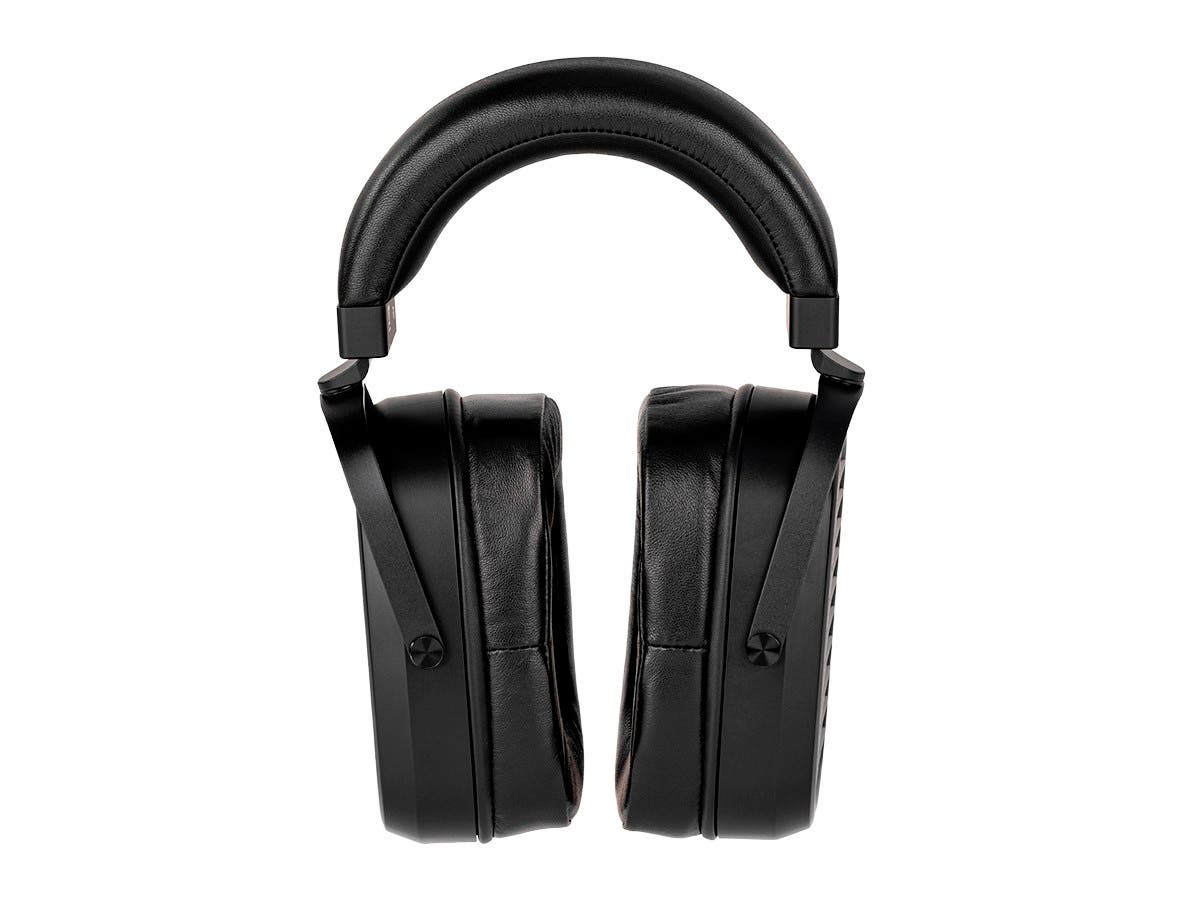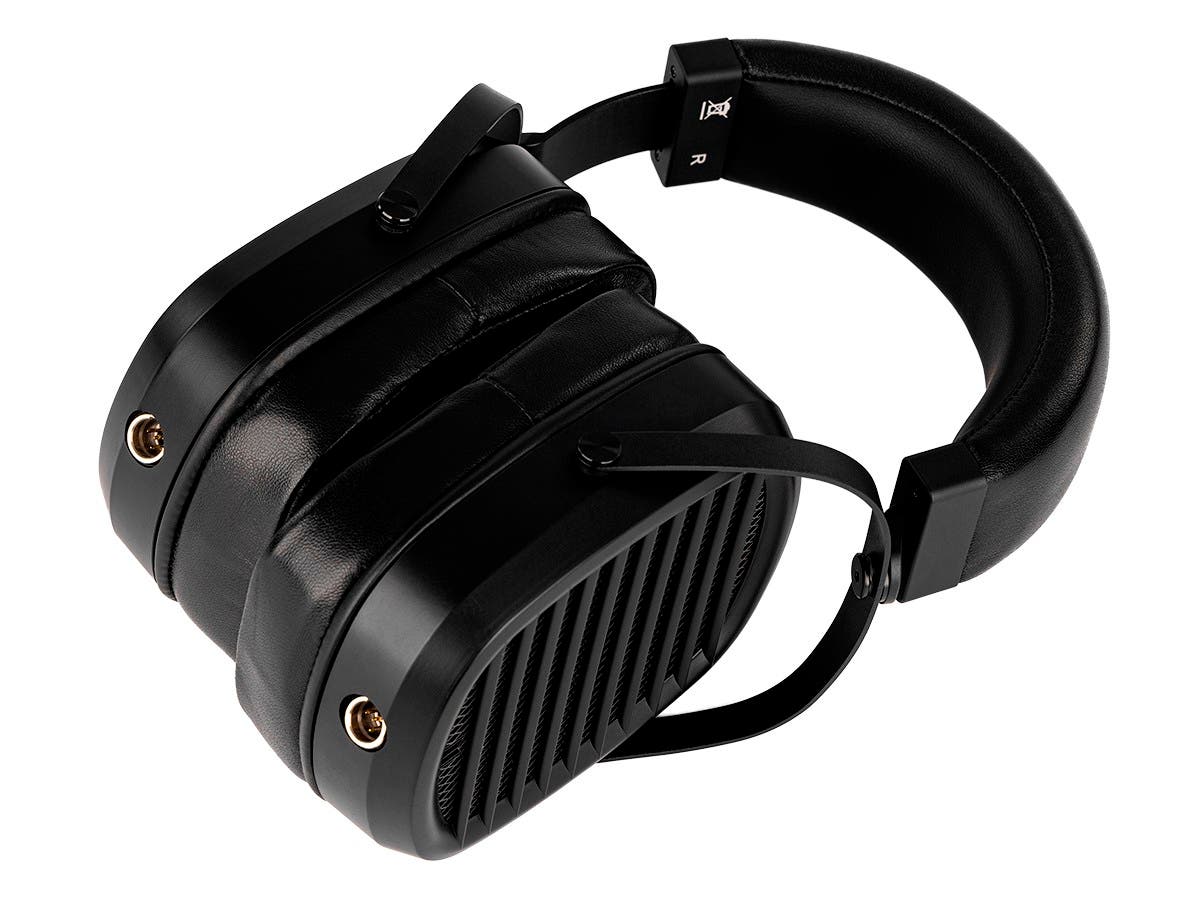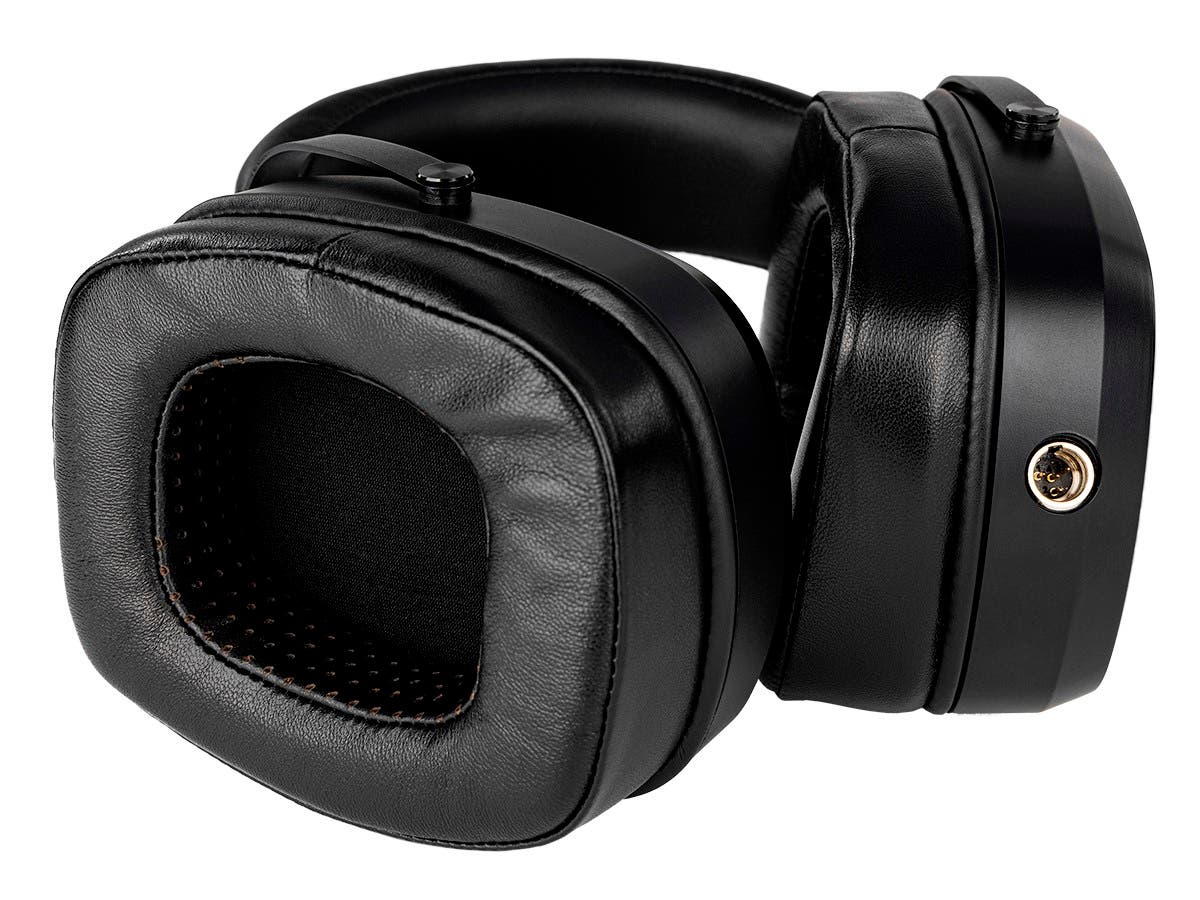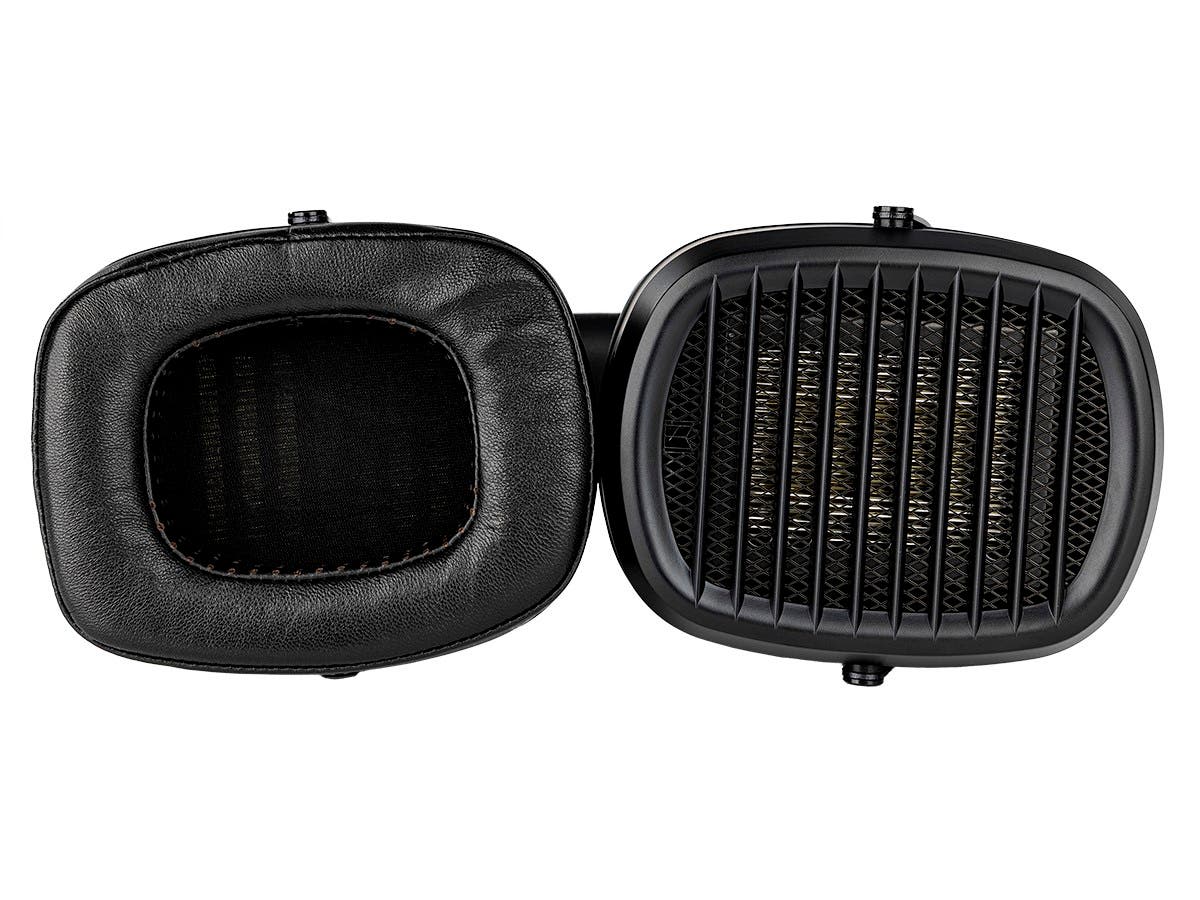Monoprice, the online seller best known for its superlow prices on audio and video staple accessories like HDMI cables and connectors, has been slowly edging into the enthusiast end of the market with its Monolith brand of high-performance gear. Monolith speakers, subwoofers, amplifiers, and headphones all follow the tried-and-true Monoprice formula of taking established technology and then producing it a much lower prices than the big brands. But now, the company has its sights set on something completely different, with the just-announced $1,000 Monolith AMT, a set of wired headphones that use Air Motion Transformer (AMT) drivers.
Monolith’s previous headphone models have incorporated dynamic drivers or planar magnetic drivers in both open and closed designs. And while planar magnetic drivers aren’t popular with casual listening audiences, they’ve been used on a wide variety of audiophile-grade headphones from companies like Beyerdynamic, Focal, Sennheiser, Audeze, and more.

But AMT drivers have only shown up on one or two models so far, and none are being used by those brands. The companies that do make them, like HEDD Audio, charge plenty for them. HEDD’s AMT-based Heddphone costs $1,899. So why is Monoprice venturing into this unusual and exotic area of personal audio, and what makes the Monolith AMT different?
Without getting too technical, Air Motion Transformer drivers have diaphragms that are made from a single, ultrathin sheet of polyethylene terephthalate (PET) film. But that sheet is then pleated or folded several times so that it achieves a much higher total surface area than a conventional dynamic driver. In other words, it behaves like a driver that is much larger than its size would normally suggest.
In addition to the larger surface area, the sheet moves like a bellows or an accordion, giving it the ability to “breathe” in and out, while at the same time moving that air (and thus sound) much faster than other driver types. In theory, AMT drivers are capable of lightning-fast transient response rates, which in turn should improve accuracy and fidelity. Moving air quickly is part of what makes the $50,000 set of Sennheiser headphones sound so good.
I’ve never tried AMT headphones before, and we’ve never reviewed any here at Digital Trends. But if this review of the Heddphone by Andrew Park at Headphones.com is any indication, all of those theoretical advantages aren’t just wishful thinking. “I can’t think of anything else that performs as well in as many categories at the sub-$2000 price point,” Park enthuses in his conclusion, though he points out that, at 700 grams (24.6 ounces,) the Heddphones are hardly light. To put that in perspective, the AirPods Max, one of the heaviest high-end wireless headphones you can buy, weigh about half that much at just 13.6 ounces.
The Monolith AMT use an open-back design, with replaceable, memory foam ear cushions. The included cables are as exotic as the drivers — they connect to each earcup using mini XLR 4-pin connectors (same as the Heddphone). These in turn terminate in a 1/4-inch plug for dedicated amps, but there’s also a 3.5mm adapter should you have a device that uses this size of port and is powerful enough to drive these huge cans.
If the Monolith AMT can capture the same performance characteristics of the Heddphone, while coming in slightly lighter (24 ounces) and at almost half the price, Monoprice might have pulled off a minor miracle in making ultra-high-end audio more affordable. We’ll let you know once we get a chance to give them an audition.








